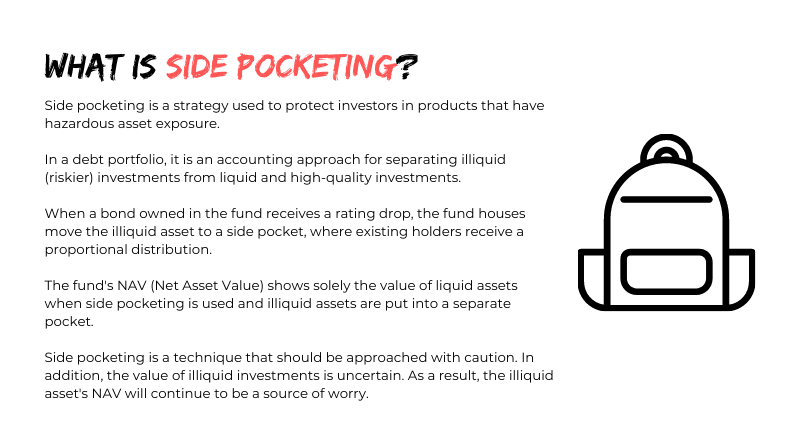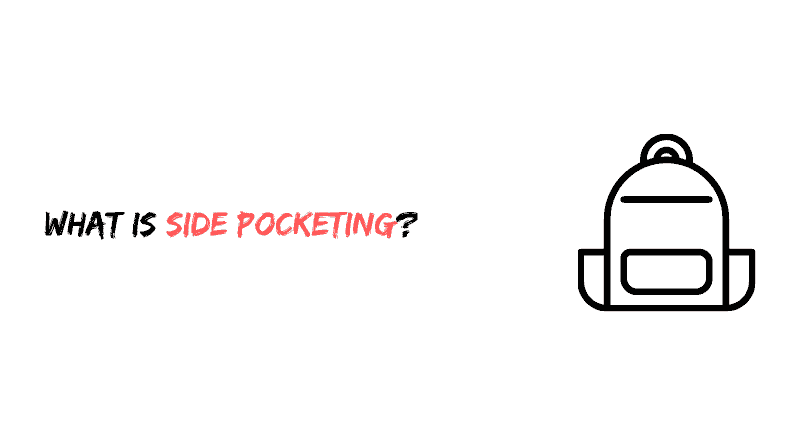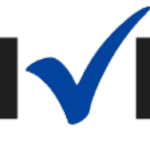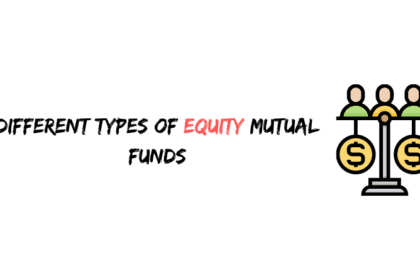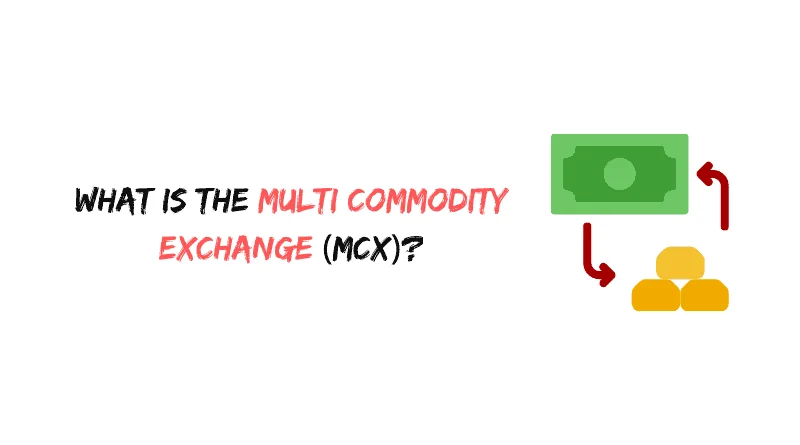Side pocketing is a strategy used to protect investors in instruments that have risky asset exposure.
In a debt portfolio, it is an accounting approach for separating illiquid (riskier) investments from liquid and high-quality investments.
When a bond owned in the fund receives a rating drop, the fund houses move the illiquid asset to a side pocket, where existing holders receive a proportional distribution.
The fund’s NAV (Net Asset Value) shows solely the value of liquid assets when side pocketing is used and illiquid assets are put into a separate pocket.
Side pocketing is a technique that should be approached with caution. In addition, the value of illiquid investments is uncertain. As a result, the illiquid asset’s NAV will continue to be a source of worry.
How Side Pockets Operate
Side pocket accounts, which are utilised only by hedge fund managers and have a structure that is comparable to that of single-asset private equity funds, have been more popular in recent years. Their goal is to segregate assets that are illiquid, difficult to appraise, and often very high risk from assets that are more liquid in nature. Investments like as real estate, antiques, over-the-counter (OTC) equities, stocks with very low trading activity, stocks delisted from exchanges, and private equity investments are examples of illiquid assets that may be found in side pocket accounts.
Although the assets of a side pocket account are reported on the records of a fund, those assets are monitored in a different manner. The accounting and valuation methods that they use are detailed in the prospectus that the fund provides for potential investors. When a side pocket account is formed, each investor in the fund is given an investment in the side pocket account that is proportional to their overall investment in the fund.
